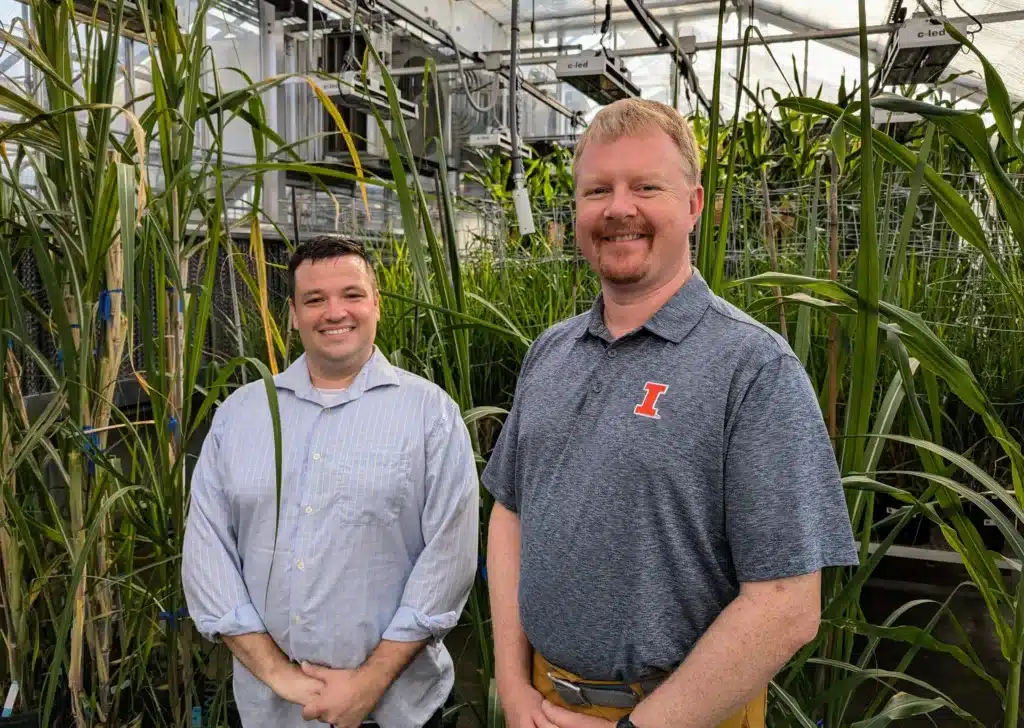The impacts of climate change, such as failed harvests, are becoming increasingly evident. Addressing these challenges requires diverse strategies, including enhancing plant resilience. An international research team, led by scientists at VIB-UGent, has uncovered the mechanisms regulating the opening and closing of stomata — tiny pores on leaves — in response to high temperatures and drought, according to a press release. These findings, published in Nature Plants, offer valuable insights for developing crops better adapted to climate change.
Global climate change is increasingly impacting communities worldwide, as extreme weather events become more frequent and severe. Beyond immediate consequences such as floods and droughts, it also disrupts natural ecosystems and agriculture, making it more difficult in many regions to cultivate essential crops or identify plants adapted to changing climates.
“For years our research has focused on the impact of extreme weather conditions on plants,” said Prof. Ive De Smet (VIB-UGent Center for Plant Systems Biology). “The molecular insights we gain can lead to solutions to enhance plant resilience. In essence, we learn from the natural mechanisms that plants themselves deploy. For instance, how stomata on leaves play a crucial role in the plant’s interaction with the environment. This makes insights into their activation mechanisms highly valuable.”
Plants adapt to environmental changes by opening or closing small pores called stomata, which regulate gas exchange, water loss, and pathogen entry while protecting against stress. High temperatures prompt stomata to open for cooling, while dry conditions cause them to close to conserve water, leading to potentially conflicting responses in hot, dry climates. To understand these mechanisms, Prof. Ive De Smet’s VIB-UGent team collaborated with researchers from Utrecht, Valencia, and Wageningen universities.
“Opening and closing of stomata are rapid responses that require switch-like signaling mechanisms,” said Dr. Xiangyu Xu (VIB-UGent), first author of the study. “We know that phosphorylation-encoded switches within protein networks are reversible and tend to be faster than genetic switches. That’s why we studied the role of kinase-mediated phosphorylation relays in stomata opening and closing.”
Xu and his team successfully identified and characterized a new phosphorylation-dependent signaling pathway that regulates stomatal aperture under high temperature and drought stress. They found that TOT3, a kinase associated with high temperatures, controls stomatal opening in hot conditions. Additionally, OST1, which regulates stomatal closure during drought, directly inactivates TOT3 through phosphorylation. This phosphorylation-mediated regulation of TOT3 serves as a switch, controlling stomatal opening and closing in response to high temperature and drought.
“As a researcher, it is rewarding to unravel a new signaling axis that coordinates stomatal opening and closing in response to various stress signals,” said Dr. Lam Dai Vu (VIB-UGent). “More importantly, in the context of global climate change, understanding these mechanisms holds potential for developing crops that are resilient to climate challenges.”













